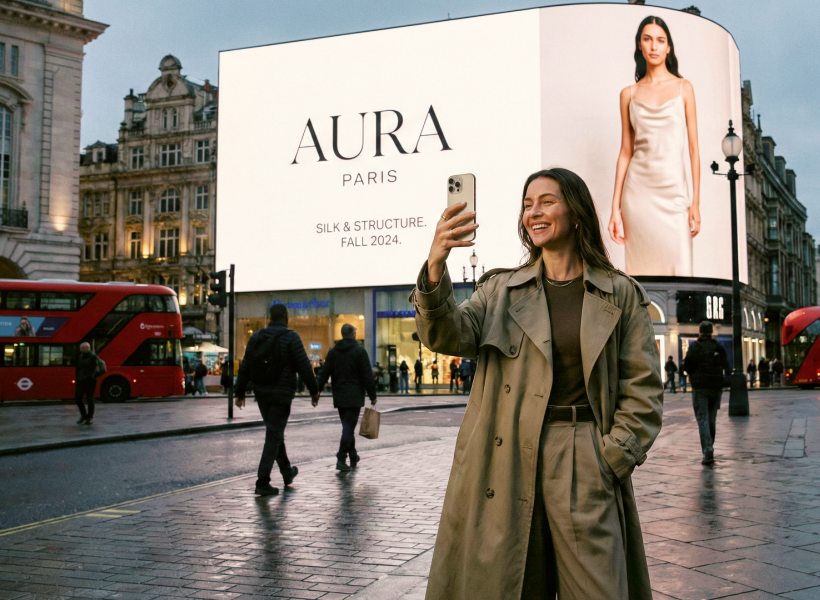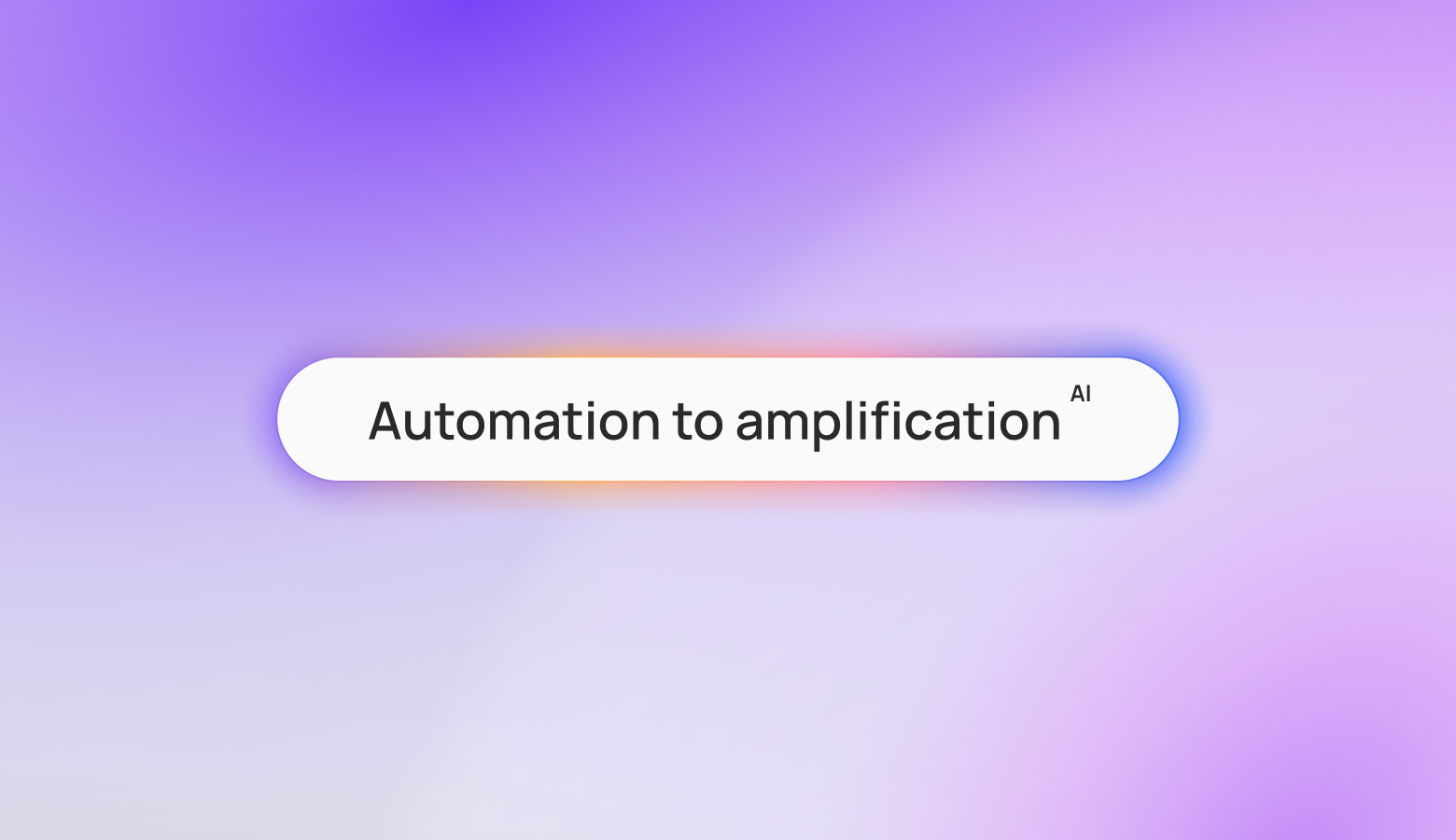How COVID-19 Changed Consumer Behavior, Movement and the OOH Landscape

The world is watching. The world is wondering. There is no script written yet and no manual to fall back on. But one thing is for sure, we all want to get out of our homes for work, travel and leisure as soon and safely as possible.
As we move into 2021, how we reflect, rewrite and rebound our place in history, politics and humanity, will be determined by how we respond to our surroundings in the coming year. In particular to OOH, there is no time like the present to get our data ducks in a row, focus on the market situations around us to confidently support our clients needs to bring brands back to business with meaningful, memorable and measurable programs.
Americans Want Their Life Back
We have worked too many (extra) hours, eaten alone and socially distanced for far too long -- from WFH burnout to pandemic fatigue, we are all chomping at the bit to renew our mindset and motivation.
According to research conducted by The Harris Poll and OAAA at the tail end of 2020, Americans miss eating out, shopping and socializing but most of all, they simply want their life back.

Review Full Harris Poll Study →
Consumer Movements & Media Habits

Key Takeaways
- Consumers stayed home more at the pandemic onset but began to venture out more frequently in shorter distances as commuting habits shifted from public transportation to driving and walking
- Working from home became more common as non-essential businesses made the temporary conversion (in some industries like tech WFM have become indefinite)
- Living conditions and locations changed, as more consumers moved out of big cities to suburbs thereby increasing media impressions and alternative media outside the city
- Malls, gyms, theaters, restaurants and bars saw massive traffic dips while supermarkets, drug stores and local essential businesses increased in foot traffic with place-based media options experiencing impression lifts
Consumer Mobility & OOH Exposures
According to Intermix’s recent mobility data, daily average miles traveled across the U.S. increased by 1.7 miles between March 2020 and January 2021, indicating that more people are leaving their homes now than at the onset of the pandemic.
Based on Billups research, its OOH baseline map highlights exposures per unit by week against January 13th, 2020, a standard week in OOH prior to the pandemic to understand baseline variances against most recent weeks.

Key Takeaways
- Hyperlocal – focus on targeting audiences in specific locations that coincide with their daily movement habits in areas closer to their residence
- Exposure Data – utilize movement traffic trends & insights to determine strongest OOH placements in any U.S. market
Use Billups OOH Baseline Map →
OOH Media Remains in the Game
According to OAAA’s revenue report total OOH spend ending Q3 2020 was down 28.5% at $4.6B.
But, the top 5 revenue categories included Local Miscellaneous Services & Amusements, Retail, Insurance & Real Estate, Restaurants and Government Politics & Organizations.
Forty of the top 100 OOH advertisers, including MolsonCoors, Amazon and Apple actually increased their OOH spend year-over-year and fourteen of these advertisers more than doubled their spend.

Despite the overall industry dip, OOH spending remained an integral part of the marketing mix for local and national advertisers. In fact, 20% of the top 100 OOH spenders were tech or direct-to-consumer brands, indicating OOH’s impact on brand awareness and performance-driven goals during the pandemic will see optimistic growth post-COVID-19.
Strong Comeback & Sustained Growth
Prior to the pandemic, eMarketer reported total U.S. OOH spending was expected to increase by 3.3% in 2020 but the latest forecast in August 2020 pegged a 4.6% decrease to $8.25 billion ending 2020.
Recent analyses from Oppenheimer, JP Morgan and S&P Global have also supported 9%-16% OOH media growth in 2021 with digital OOH rising by 19%.
Overall, media experts and analysts see a gradual bounce back for OOH media spending over the next 3 years as consumers head back to the office, re-enter public spaces, public transportation and shopping venues throughout 2021.
Key Takeaways
While 2020 OOH spending was adversely affected by the pandemic, analysts believe it will bounce back and sustain growth over the next several years with digital OOH formats experiencing lifts based on increased inventory availability.

Source: eMarketer (August 2020), PJ Solomon (November 2020)
Unprecedented Times
for Digital Out-of-Home
In a recent Verizon Media study, 60% of media buyers plan to increase digital out-of-home (DOOH) spending in 2021 (20% YOY increase) yet over half of advertisers surveyed find buying DOOH difficult (preview pain points here).
Estimates from OAAA showed that in the first half of the year (U.S.), there were 5,742 digital street furniture outdoor ad placements, 7,847 digital transit displays, and 5,830 digital shopping mall place-based ad units with 9,600 digital billboards leading the digital OOH category.

Key Takeaways
Digital out-of-home is poised for continued 2021 growth with efforts purchased programmatically ramping up along with improved creative options, speed to market and flexible, last minute cancelation or shifting contract terms, as brands pivot to reach more consumers in hyperlocal areas, as budgets and approval timelines in and post-pandemic have narrowed.
Taking on Tomorrow, Today
As the world pivots and recharges for what is ahead, brands must continue to recognize the frontline while remaining active and relevant in the world outside. We will get back to in-person connections, resume indoor encounters in our favorite restaurants and bars and safely re-open stadiums and schools. There is precedent but it will take time.
Rest assured, OOH will be at the ready.
Navigating 2021 Next Steps
Reach & Deliver Audiences with Measurable Results. Track audience journeys in hyperlocal areas against ranked OOH placements by exposures with attribution measurement and reporting.
Build OOH & DOOH Programs Programmatically. Discover digital out-of-home inventory for rapid in-market activation while targeting programmatically across integrated media parameters.
Reserve Now, Leaders Rewarded with Favorable Rates. With bounce-back projections, OOH inventory is open for favorable contract and pricing terms. Early advertiser inquiries can guarantee space and packages to avoid premium hikes, as the industry expects a year-over-year growth spurt.

{% module_block module "widget_6444003e-ce05-4b55-bf1a-ecb56713a81f" %}{% module_attribute "child_css" is_json="true" %}{% raw %}null{% endraw %}{% end_module_attribute %}{% module_attribute "css" is_json="true" %}{% raw %}null{% endraw %}{% end_module_attribute %}{% module_attribute "label" is_json="true" %}{% raw %}null{% endraw %}{% end_module_attribute %}{% module_attribute "module_id" is_json="true" %}{% raw %}134411825833{% endraw %}{% end_module_attribute %}{% module_attribute "schema_version" is_json="true" %}{% raw %}2{% endraw %}{% end_module_attribute %}{% module_attribute "tag" is_json="true" %}{% raw %}"module"{% endraw %}{% end_module_attribute %}{% end_module_block %}{% module_block module "widget_28d6ab32-54fd-4296-9985-ff29af512133" %}{% module_attribute "child_css" is_json="true" %}{% raw %}null{% endraw %}{% end_module_attribute %}{% module_attribute "css" is_json="true" %}{% raw %}null{% endraw %}{% end_module_attribute %}{% module_attribute "form" is_json="true" %}{% raw %}{"form_id":"b4925eda-b53f-4710-bc53-0a355e076fdf","response_type":"redirect","message":"Thanks for submitting the form.","redirect_id":134736810821,"redirect_url":null,"gotowebinar_webinar_key":null}{% endraw %}{% end_module_attribute %}{% module_attribute "label" is_json="true" %}{% raw %}null{% endraw %}{% end_module_attribute %}{% module_attribute "module_id" is_json="true" %}{% raw %}1155238{% endraw %}{% end_module_attribute %}{% module_attribute "schema_version" is_json="true" %}{% raw %}2{% endraw %}{% end_module_attribute %}{% module_attribute "tag" is_json="true" %}{% raw %}"module"{% endraw %}{% end_module_attribute %}{% module_attribute "title" is_json="true" %}{% raw %}"Get In Touch"{% endraw %}{% end_module_attribute %}{% end_module_block %}
Helpful resources
Explore our article library



